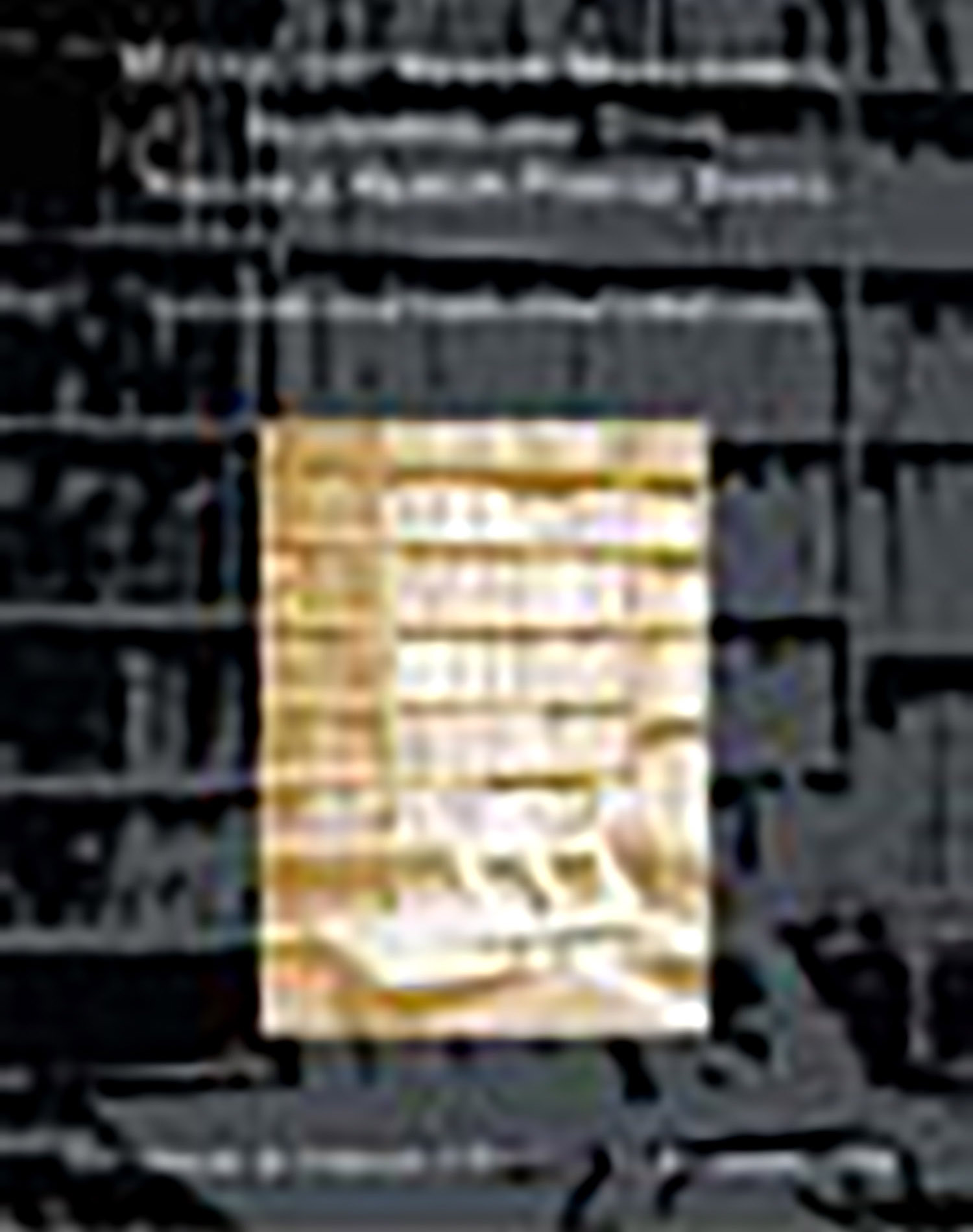Mashal Hakadmoni [“Proverb of the Ancient”]

AUCTION 18 |
Tuesday, December 17th,
2002 at 1:00
Magnificent Hebrew Manuscripts, Incunabula and Other Valuable Hebrew Printed Books Sold By Order of The Trustees of Jews' College, London.
Lot 7
ISAAC IBN SAHULA.
Mashal Hakadmoni [“Proverb of the Ancient”]
Venice: Meir Parenzo circa 1547
Est: $15,000 - $20,000
PRICE REALIZED $60,000
An exceptionally beautiful copy.
“The illustrated Hebrew book par excellence.” A.J. Karp. From the Ends of the Earth: Judaic Treasures of the Library of Congress (1991) p. 125.
Rare Venetian edition of a collection of allegories, fables and puns with moral inferences all written in rhymed prose. The intention of the rhymed prose was to teach Jewish readers that the Hebrew language was a suitable vehicle of entertainment. The Author uses animal fables as a means of moral allegory. The method of using such fables as a means of instruction was common in Arabic literature. Ibn Sahula explains in his introduction that he is not a mere imitator of Islamic writers, for the Bible itself contains numerous fables and parables that served as models for his tales. For example, the fable of the trees choosing their king (Judges xi. 8-15), told by Jotham to persuade the Israelites not to elect Abimelech as their king and the answer of Jehoash of Israel to Amaziah of Judah’s request for an alliance, such resembles a fable (II Kings xiv. 9). The author informs us that his work contains many original stories which are merely garments for precious teachings of Torah, philosophy and religion.
The book takes the form of a dialogue between the author and an opponent. The opponent attempts to prove that the cultivation of virtue is worthless, while the author defends the necessity of each virtue. Both sides employ animal fables as a means of expressing their ideas. Not only do the annimals talk, but they actually hold long discourses on matters scientific and philosophical and serve as the mouth-piece of the author’s views on all branches of knowledge. Thus, for example, in one portal, a deer delivers a discourse on the classification of the sciences, and in another, a dog delivers a lecture on the principles of psychology. These aminals are well versed in the Bible and Talmud and make dexterous references to Biblical verses and Talmudic passages in the subjects under discussion. The style of the work imparts a charm and naivete which affords amusement as well as instruction.
The Author illustrated his original 13th-century manuscript copy of the work (now lost) in order to attract the interest of youth and almost all the extant medieval manuscripts of the work contain illustrations apparently following the original. For this reason, the printed editions of Mashal Hakadmoni include more than eighty remarkably high quality illustrations seemingly following the Author’s original 13th-century copy. The illustrations are of specifically Jewish origin.
The first printed edition of the Mashal Hakadmoni (Brescia, 1491), represents the first illustrated Hebrew book. (See Christie’s New York, Hebrew Printed Books: Duplicates from the Library of the Jewish Theological Seminary of America, 22nd May 1986 Lot 11)
